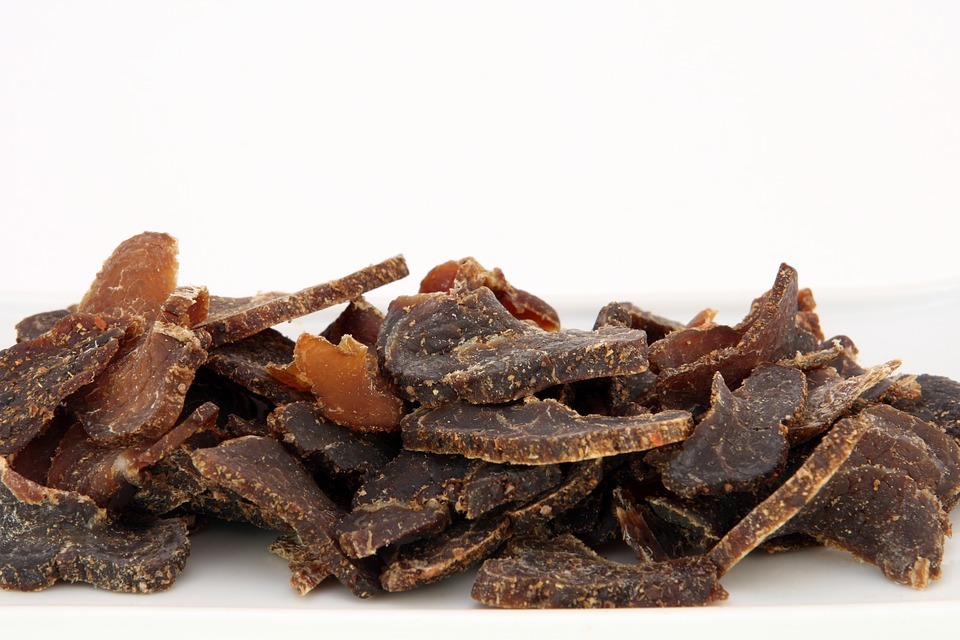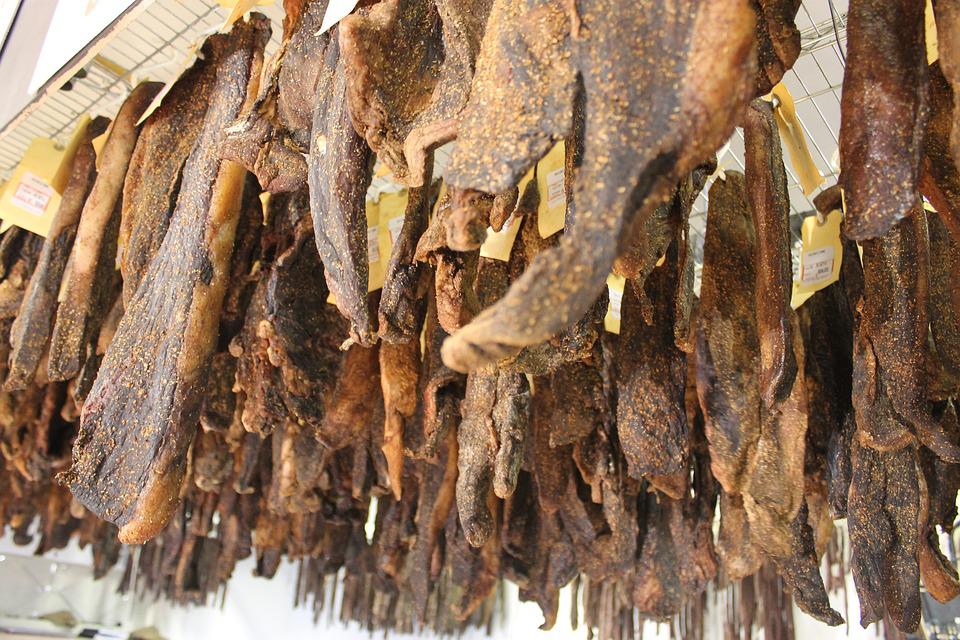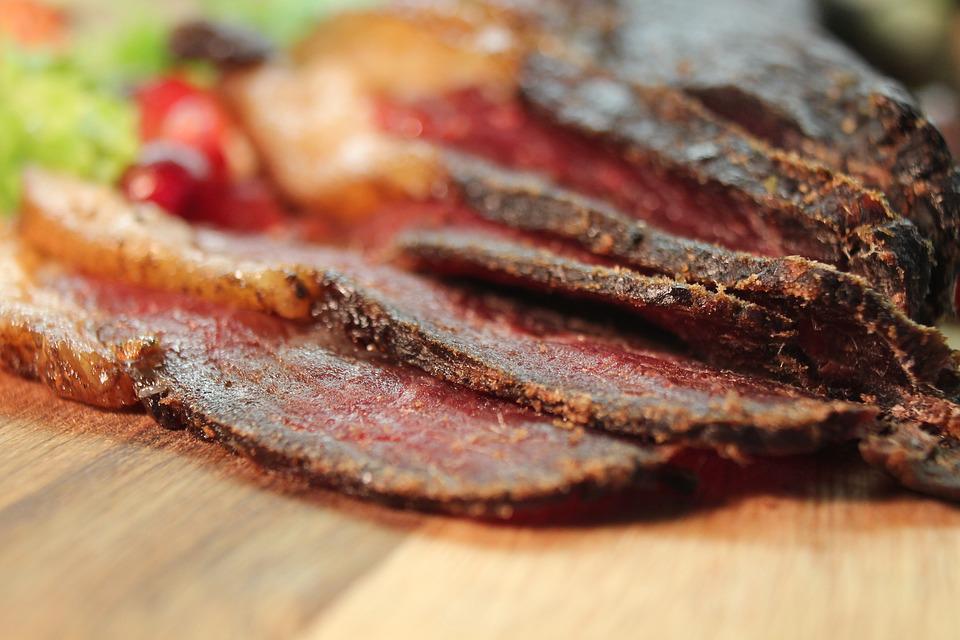Many people are into savory snacks, and there are many different options to choose from in this category. However, when choosing snacks, it is also important to consider their nutritional value along with their taste. If you are searching for a new snack that will satisfy your craving for something savory, then you might want to try adding beef biltong to your list.
If it’s your first time hearing about beef biltong, we are here to give you more information about it. Basically, beef biltong is a dried meat snack that originated in Southern Africa. There are also other types of biltong, such as those made with fish, poultry, or game meats. This type of snack is appropriately flavored, air-dried, and rendered absolutely delicious. Today, there are many different brands and variations of beef biltong that you can buy, including Australian Biltong.
If you want to learn more, you’re in the right place. In this post, we are giving you everything you need to know about beef biltong.
History of Biltong
Biltong has been around for centuries now, and its roots can be traced back to South Africa. Back then, freezers and refrigerators were not yet invented. With that, the indigenous people searched for a way to preserve extra meat for future meals. What they did was they used the basic resources that they had at hand, such as knives to cut the meat, salt to add flavor and preserve it, and tree branches to hang the meat until it was dry.
Later on, in the 17th century, European settlers arrived and saw the benefits of having a supply of food in stock. They adopted the method of the indigenous people quickly, adding their own ingredients of saltpeter or potassium nitrate and vinegar to the meat-curing mix.
The Dutch then arrived in the 19th century. Thousands of Dutch farmers referred to as Voortrekkers hitched their wagons to avoid British rule in Cape Colony during a mass migration called the Great Trek. They moved to inland Southern Africa. During this long journey, they needed food that was portable, non-perishable, but would help them survive. The perfect solution for this was biltong.
They carried the preserved meat with them as they traveled, referring to it as “biltong,” which was a combination of the Dutch words “bille” for buttock and “tonghe” for strip or tongue. This marked the beginnings of biltong, which is now among the favorite meaty snacks of South Africa.
The Difference Between Beef Biltong and Beef Jerky?
Beef jerky is also a popular savory snack, and it is quite similar to beef biltong. Both of these snacks are dense, dried meat products that were made by hunters and nomads as a means of stockpiling food. They also both taste good, especially when paired with a cold bottle of beer. However, those are their only similarities. With this, let us take a look at their differences:
Beef Jerky
According to popular opinions, the first beef jerky was made by accident by an ancient Inca tribe called Quechua. But others believe that it was discovered by North Americans, with the name coming from “charqui,” which was a Spanish word for “dried strips of meat.”
Basically, beef jerky is made by cutting thin slices of lean beef and drying them at low temperatures. The beef needs to be lean as fat does not dry well and will turn rancid. Also, the temperature needs to be low to prevent cooking or turning the meat brittle. Beef jerky can be dried in various methods, such as salting, smoking, and dehydrating. Salt is mostly added to help draw moisture out and prevent the growth of bacteria. There are also times when a sugary marinade or curing brine is used to give the meat added flavor.
Beef Biltong
Biltong is newer compared to beef jerky, at least in the international market. It is mostly made with grass-fed beef and without any artificial flavors or preservatives, just like how it was created several centuries ago.
Also, unlike beef jerky, beef biltong can be made with various cuts, from lean to fatty, giving it a wide assortment of flavors and textures. A butcher of biltong offers “wet,” “medium,” or “dry” options, which very practically describe how much moisture is left in the meat. This means that whether you want something dry and crumbly or soft and tender, you can have beef biltong the way you like it.
Biltong is also much larger than beef jerky, and it can be sliced either before or after the drying process. The way beef biltong is sliced is a matter of preference. You can cut it with the grain for longer, chewier biltong, or against the grain if you want smaller and easier-to-bite pieces.
A special spice mixture is also used in making biltong. Traditionally, the spices used were ground black pepper, rock salt, all-spice, ground coriander seeds, and vinegar. There are also other traditional South African spices that can be used. With vinegar, biltong is given a distinct layer of flavor and a soft, steak-like texture. It also helps cure the meat as it dries.
At the present time, there are newer variants available with the use of today’s ingredients, such as apple cider vinegar, brown sugar, red wine, and more. The easiest step and also the last is to let the meat air-dry. Fully-dry biltong will be half its original size. It is also firmer and can be bent without cracking. When it is freshly made, it can last for up to four days. Properly packaged biltong, on the other hand, can be stored for a few months.
Healthy Facts About Beef Biltong
Aside from being an exotic and delicious snack, beef biltong also has a lot of health benefits that you may not know. Below are some healthy facts about beef biltong.
Beef biltong is low in calories
Beef biltong is becoming more popular as it is a low-calorie snack. Many people who are into a healthy lifestyle enjoy snacking on them. Therefore, whether you are a fitness enthusiast, want to lose weight, or simply looking for a guilt-free snack, biltong is guaranteed to be a great choice.
Beef biltong is high in protein
Beef biltong is also perfect for those who want to increase their protein intake. It is a compact snack that can help you boost your gains easily. Protein can keep your muscles, tissues, and bones healthy, and it is also a natural fuel source.
Beef biltong can work for various diets
Beef biltong is a versatile snack that can work for different dietary requirements and lifestyles. Since it is lean beef, it is perfectly suitable for paleo diets. Beef biltong also has a high protein content, making it a great choice for those who are on a keto diet. It is also great for those who suffer from gluten intolerances because it is completely gluten-free.
Beef biltong is a healthy alternative for other snacks
Choosing a healthy snack is important in order to live a healthy lifestyle. Beef biltong is a great healthy substitute for various meals. It contains less fat and only natural sugars. It also has a high protein count. With this, it can replace your morning bacon or the pastrami in your sandwich. It is actually a great snack even when eaten alone.
Beef biltong can be used as a cooking ingredient
Beef biltong is also a versatile ingredient as it can be incorporated into different meals. It can be stewed or sprinkled over a delicious mac ‘n’ cheese or added into an omelet. There are endless possibilities for this delicious snack.
Conclusion
Beef biltong is indeed one of the best snack options that you can try if you are craving a salty snack but looking for something healthy at the same time. No wonder it is becoming popular in recent years. It is also possible that there will be more flavors and variations of this savory snack that will be introduced in the future. We hope this post helped you learn more about beef biltong.



